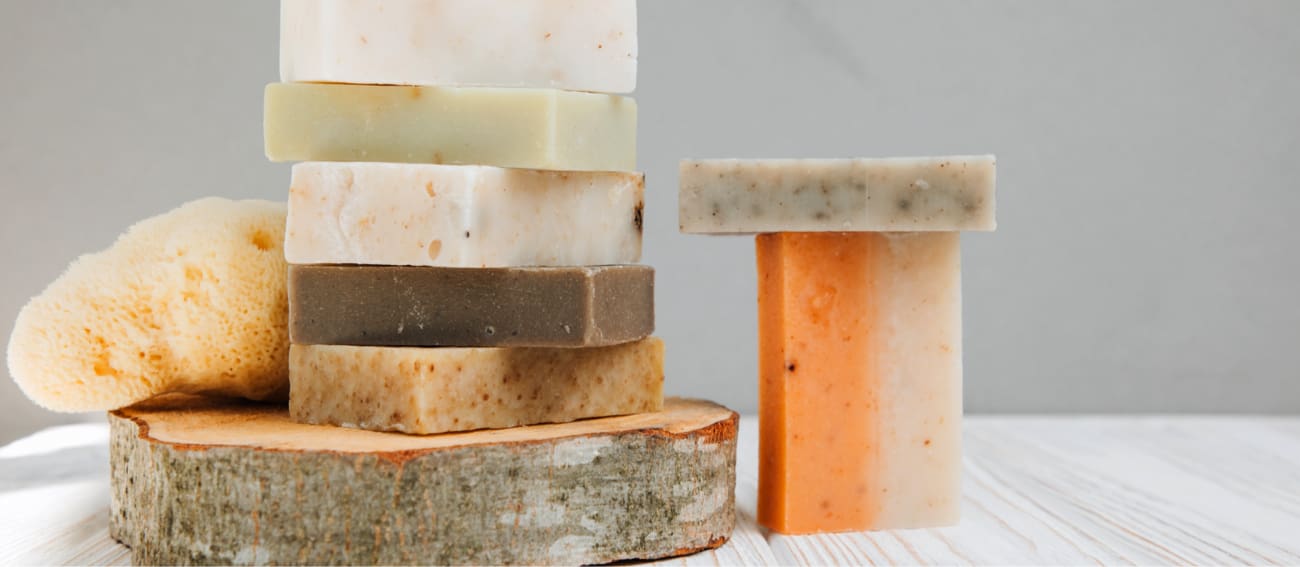Hacer jabón
Objetivo: El objetivo de esta práctica es fabricar jabón a partir de aceites usados y sosa cáustica

-
Material de laboratorio
2 Vasos de precipitados
Batidora de mano
Una cuchara de plástico
Moldes
-
Reactivos
NaOH, 28 g
Aceite, 200 ml
Agua, 64 ml
-
Preguntas
¿Qué tipo de reacción se ha producido? Escríbelo.
¿Se podrían utilizar otros aceites? ¿Cuáles?
¿Cuál es la función del NaOH?
¿Funciona esta reacción con cualquier base? ¿Funcionaría con NH3?
Procedimiento
- Prepara la solución de hidróxido de sodio en agua: Déjala reposar y enfriar durante unos 15 minutos.
- Añade el aceite y remueve a mano o con la batidora (empezando a velocidad baja). Hay que remover hasta que consigamos una estructura traza (cuando la mezcla deja una marca al pasar la cuchara o la batidora, unos 20 minutos).
- Añade los aceites esenciales o colorantes.
- Vierte la mezcla homogénea en moldes y déjala reposar en un lugar fresco. Espera 2 semanas, luego desmolda y corta si es necesario.

Creemos un futuro más brillante
Únete a nuestro equipo para trabajar con investigadores de renombre, emprender proyectos innovadores y contribuir a avances científicos significativos.
Únete a nosotros!













